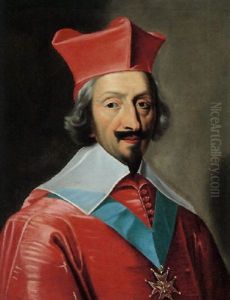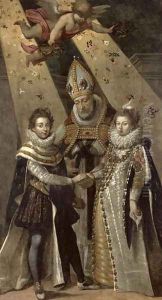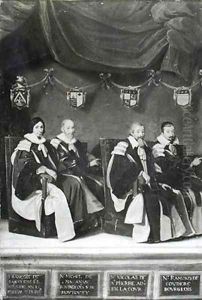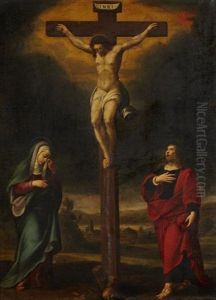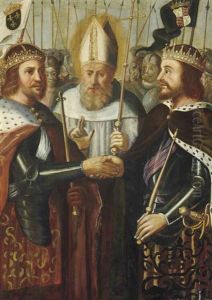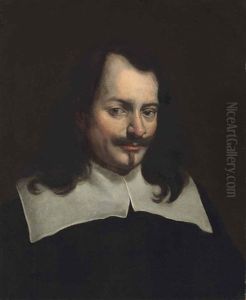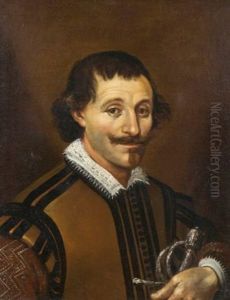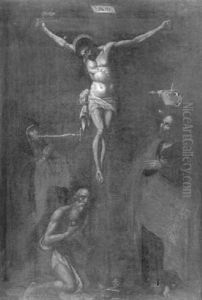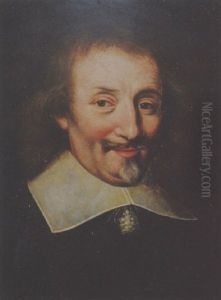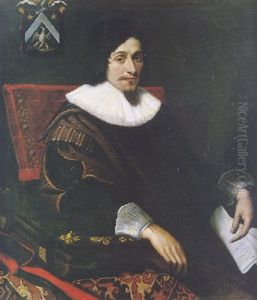Jean Chalette Paintings
Jean Chalette, born in 1581 in Vic-sur-Seille, Duchy of Lorraine, France, was a distinguished artist whose contributions to the Baroque period of art are notable. His life and work are emblematic of the transition from the late Renaissance to the Baroque style, reflecting the complex socio-political and cultural changes occurring in Europe during his lifetime. Despite the challenges of the period, including the Thirty Years' War and the Counter-Reformation, Chalette managed to carve out a successful career as a painter, known for his intricate detail, vibrant colors, and dynamic compositions.
Chalette's early life was steeped in the rich artistic traditions of Lorraine, a region known for its vibrant cultural scene. He was trained by his father, who was also an artist, before moving to Italy to further his studies. In Italy, Chalette was exposed to the works of the great Renaissance and early Baroque masters, experiences which deeply influenced his artistic development. His time in Italy was pivotal; he absorbed the dynamic chiaroscuro techniques of Caravaggio, the grandeur of the Venetian school, and the emotional intensity of the Roman Baroque. This eclectic education helped him to develop a unique style that was both deeply personal and reflective of the broader artistic trends of his time.
Upon returning to France, Chalette quickly established himself as a prominent painter in the Lorraine region. His works were commissioned by both the church and the nobility, for whom he created altarpieces, portraits, and mythological scenes. His religious works are particularly noted for their emotional depth and spiritual intensity, characteristics that resonated with the Counter-Reformation's emphasis on personal piety and devotion. Meanwhile, his portraits and mythological scenes displayed a keen eye for detail and a profound understanding of human emotion and anatomy, traits that made them highly sought after.
Throughout his career, Chalette remained deeply connected to his Lorraine roots, even as he absorbed and incorporated influences from across Europe. His legacy is that of an artist who bridged the gap between the Renaissance and Baroque, embodying the complex cultural and artistic shifts of his time. Jean Chalette died in 1643, leaving behind a body of work that continues to be celebrated for its beauty, emotional depth, and technical mastery. His contributions to the Baroque period have ensured his place in the annals of art history, marking him as a key figure in the development of European art.
